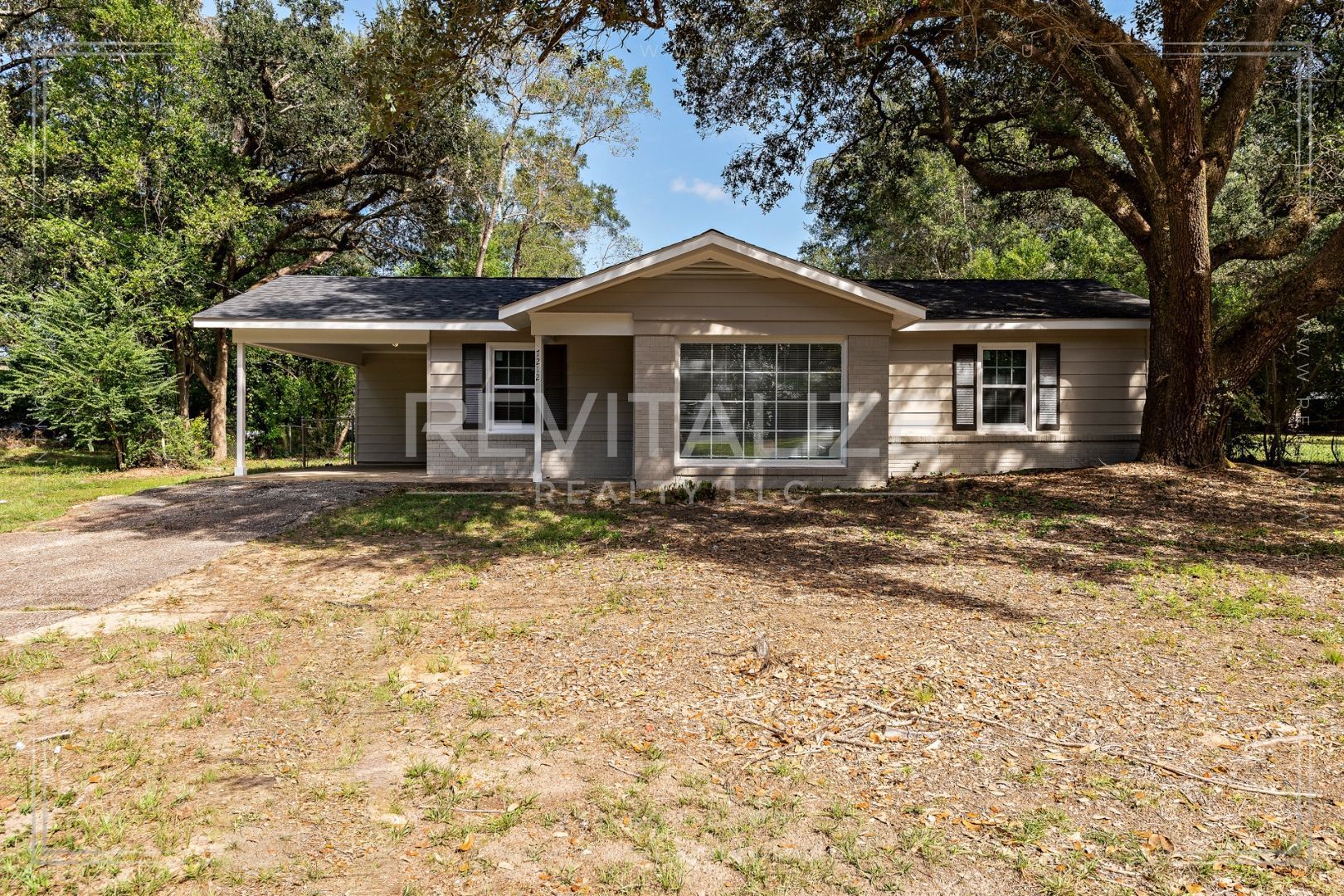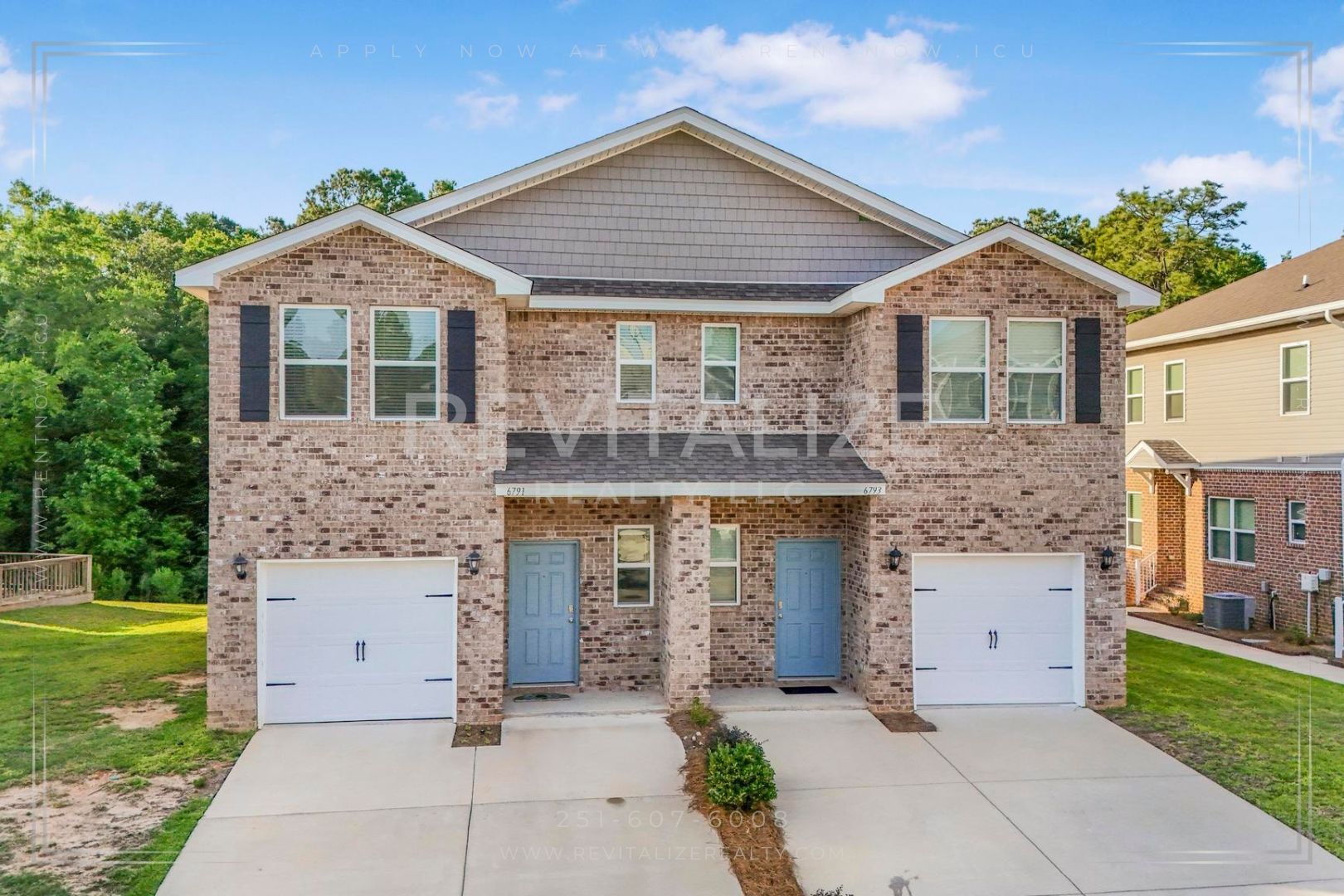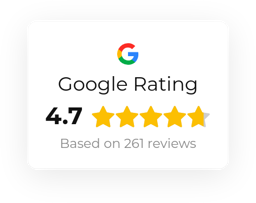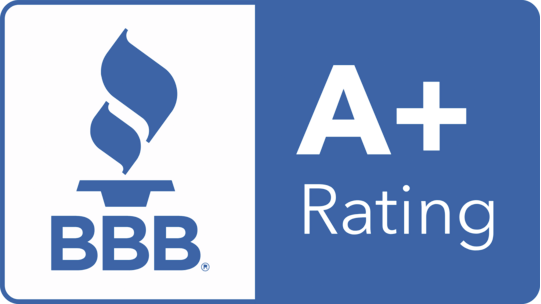Rents on the Retreat
Navigating the Gulf Coast’s Shifting Rental Market

Over the past 12–18 months rental momentum on the Gulf Coast has shifted. While broad national headlines have documented slowing rent growth driven by rising supply, the picture at the county level is more nuanced. In Baldwin County and Mobile County, landlords and property managers are already feeling the effects—but for different reasons and with different near-term expectations. Apartments.com+1
In Baldwin County (Gulf Shores, Orange Beach, Daphne/Fairhope area) the market has historically been buoyed by tourism, short-term rentals and amenity-driven demand. Recently, however, increases in listing inventory, a modest softening in home prices, and seasonal normalization of vacation travel have combined to temper year-round long-term asking rents. In some submarkets, owners who once leaned on strong short-term performance are converting to long-term leases or competing with a growing supply of professionally managed vacation units, which places downward pressure on sustained monthly rates outside peak season. Local market reports also show an uptick in new listings that lengthen marketing times for conventional rentals. OBA Website+1
Mobile County tells a slightly different story. Mobile’s rental market remains more tied to year-round employment, industrial employers, and affordable-housing demand. Recent data indicate modest rent growth in parts of the city but also increased apartment deliveries and more choice for renters—especially in the lower-price tiers—softening the pace of rent escalation. That means older or less-upgraded units are more likely to see longer vacancy cycles, while well-positioned, updated homes hold their value. RentCafe+1
What landlords and managers can expect in 2026
- More competition and longer leasing windows: Both counties should expect more inventory (new deliveries, seasonal-to-long-term conversions) and therefore longer marketing times for average units.
- Greater rent dispersion: Premium, renovated properties in desirable locations will outperform; dated units will suffer more pressure.
- Need for flexible leasing strategies: Shorter-term leases, seasonal pricing in coastal Baldwin, and targeted concessions will be more common as managers chase occupancy. Rental Housing Journal
Practical ways to combat decline and stay competitive
- Price to data, not emotion. Reprice based on recent leased comps, not just active listings. Monitor time-on-market and adjust quickly.
- Invest selectively in value upgrades. Kitchens, HVAC, and durable flooring deliver the best rent bump per dollar spent—small cosmetic updates (fresh paint, lighting, hardware) speed leasing.
- Offer flexibility and concessions intelligently. Short first-term concessions (one month free, paid utilities for first month) can reduce vacancy loss and attract higher-quality applicants.
- Optimize marketing & UX. Professional photos, 3D tours, instant online applications, and easy self-show options shorten lease cycles.
- Diversify channel strategy in Baldwin. Consider hybrid models—long-term leases for shoulder seasons and short-term rentals in peak months, if local regulations permit.
- Focus on retention. Prevent turnover by addressing maintenance quickly, offering renewal incentives, and communicating proactively.
- Tighten screening and operations. Better tenants reduce turnover and damage costs; efficient property management lowers operating expense ratios.
Rents in Baldwin and Mobile Counties are not collapsing, but the market is shifting from a landlord-friendly sprint to a more competitive, segmented race. Owners who act now—using market data, upgrading strategically, and refining leasing tactics—will protect occupancy and cash flow as the region digests new supply and seasonal normalization through 2026. Apartments.com+1






























